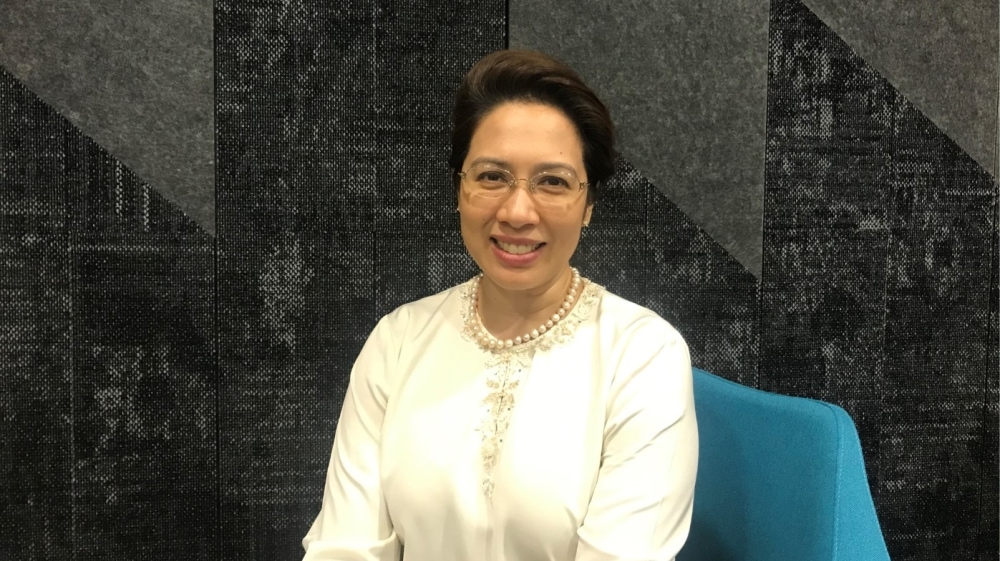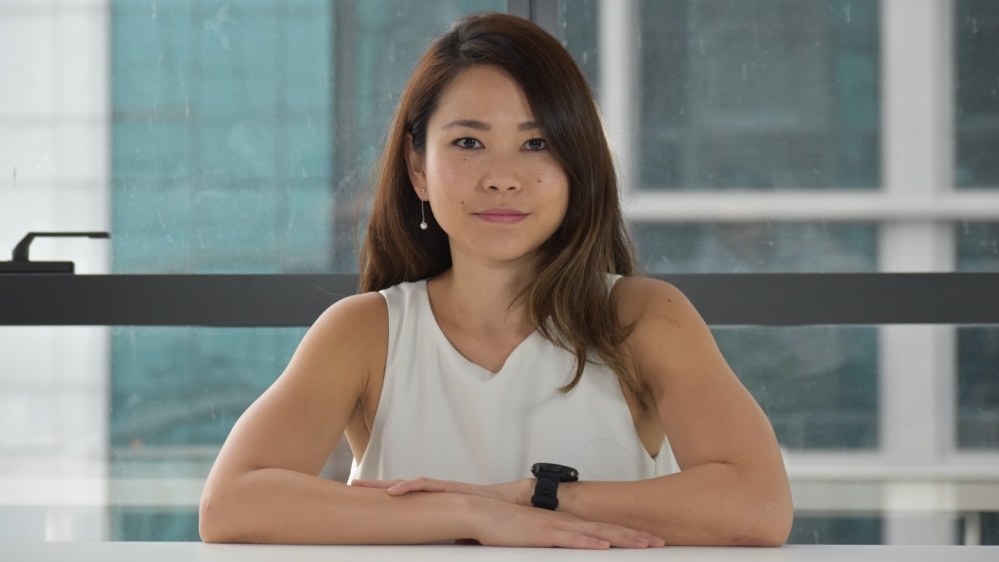Ahead of International Women’s Day, research shows that firms are learning that more diversity equals better profits.

Although there are an increasing number of women on the boards of large corporations, many other companies are dealing with ‘diversity fatigue’ [File: Noriko Hayashi/Bloomberg]
Kuala Lumpur, Malaysia – Sunita Mei-Lin Rajakumar is a woman at the top of her game, in a country that has made unusually big strides in boosting the representation of women in corporate leadership positions.
Sunita, 51, is the independent chair of Caring Pharmacy Group, Malaysia’s largest pharmacy chain. She also founded a venture capital fund, and is an independent director on the boards of several other firms.
She is among a growing number of women who have trumped gender stereotypes, not only in Malaysia but globally, to rise to the top of the male-dominated corporate sector in recent years.
Changing attitudes among the men who have traditionally dominated business – driven by government policy and media campaigns – is one of the reasons for the rise. But another factor is a mounting body of research that shows greater diversity leads to higher profits.
But despite gains in certain countries, globally, women remain hugely underrepresented at board level.
To get to the top, women still need to overcome many hurdles that their male counterparts do not encounter.
“The challenge for me was not so much being a woman, but in [developing] my own personal identity and strength in business,” Sunita said.
“If women are coming to the workplace and still thinking of themselves as women only, they’re doing themselves a disservice,” she told Al Jazeera in the run-up to International Women’s Day on March 8.
Malaysia has the highest ratio of women – 26.4 percent in the top 100 publicly listed companies – of any Asian country, according to the findings of a study carried out by the 30 Percent Club, a global nonprofit that advocates having more women in boardrooms.
That is higher than the proportion of women in similar positions in the United States – 23.6 percent – and on par with Canada at 26.6 percent.
Malaysia also has the highest percentage of women – 33 percent – in senior management teams compared with a global average of 29 percent, according to the 2020 Grant Thornton International Business Report.

To Sunita Mei-Lin Rajakumar, chairperson of Malaysia’s largest retail pharmacy chain Caring Pharmacy Group Bhd, the gender narrative has never held her back from corporate success [Samantha Ho/Al Jazeera]
So what has Malaysia done right?
According to Marcella Lucas, CEO of LeadWomen, a consultancy, which has worked with women in Malaysia and Kenya to make them “board-ready”, a combination of well-publicised government targets, support from big private firms, corporate governance revisions from regulatory bodies and supporting organisations like hers have been vital in boosting Malaysia’s female representation at senior levels.
Lucas told Al Jazeera that another finding of her work is that boards she has worked with who hire their first female director typically come back for more.
For instance, one multinational company in Malaysia has gone so far as to include diversity programmes for board members in recent years, said Lucas, who also leads the research working group of Malaysia’s chapter of the 30 Percent Club.
Women are becoming a greater presence on boards in many developed countries too.
Last year marked the first time ever that women made up 30 percent of board positions of companies listed on the United Kingdom’s FTSE 350 index, according to data compiled by the 30 Percent Club. It is now a similar story in Australia.
The same trend has been reflected in senior management, where 87 percent of midsized companies globally have at least one woman in senior management, an increase of almost 20 percent over the last five years, according to Grant Thornton’s research.
Companies generally only change the way they operate for two reasons: they are either compelled to do so by regulators, or doing so makes them more profitable.
And the latest research suggests that hiring more women is actually paying off for firms.
An S&P Global study in 2019 found that companies with female leaders became more profitable and posted better share price growth compared with the market average.
“In the UK, [achieving 30 percent of women in boardrooms] was driven by the private sector and supported by the media,” said Lead Women’s Lucas.
Diversity fatigue
But while a significant number of companies have been proactive in diversifying their board composition, many more are facing what Lucas described as “diversity fatigue”, where companies have grown weary of keeping diversity at the top of their agendas.
Globally, only 16.9 percent of women held board seats in 2019, a 1.9 percent increase from 2017, according to a report by Deloitte. An even smaller percentage are chairs: only 5.3 percent in 2019, and only 4.4 percent are CEOs, the report said.
“The board is a very intimate setting, there are high stakes and only a few people involved. Bringing in an outsider can be quite daunting,” Lucas said.
Caring Pharmacy’s Sunita said being an outsider in a company’s boardroom comes with its own challenges in meeting due diligence criteria, especially as boards only convene a handful of times a year.
“One minority voice is not enough. There is tremendous pressure (against diverse opinions) if there’s only one minority voice,” she said.
This is why 30 percent is hailed by advocates as the minimum ratio of minorities needed within an organisation to have their concerns judged on their own merit, and not as a minority voice, according to the 30 Percent Club.
Michele Kythe Lim, CEO of the Institute of Corporate Directors Malaysia, said while most male directors she has met are not opposed to more women being in boardrooms, they may need help in finding candidates.
“A lot of independent directors are the same ones going around different companies because the pool of directors is only so big. And why that happens is [because] a lot of companies will say, ‘Oh, we want someone we know who has experience already on a board.’ So if you look for someone that’s experienced, it’s the same pool,” she told Al Jazeera in an interview.
This causes a lack of diversity when it comes to age as well, she said. As the pool of directors remains stagnant, “you will find that the average age is about 60, and the same guys are getting older and older”.
Age, skill sets, professional backgrounds and geography are other categories that boardrooms are seeking diversity in, she said.
Fortunately, Lim said, the institute has seen just as many women seeking training and boardroom opportunities as men.

Susian Yeap, the chief operating officer and co-founder of Kuala Lumpur-based Supahands, works with more than 11,000 part-time employees across Southeast Asia, of whom almost 60 percent are female [File: Supahands]
Taking ownership
Someone else who smashed through the proverbial glass ceiling is Susian Yeap, the chief operating officer and co-founder of data labelling startup Supahands.
She wants her employees to be recognised as “great engineers or fantastic product designers” instead of being labelled according to gender.
“We aren’t ‘women in tech’, we are engineers, developers, and managers at Supahands. I think the next step towards supporting women in the workforce is taking ownership of our hard work and not singling out success because we are women who are ‘doing something’,” Yeap told Al Jazeera.
Supahands works with more than 11,000 part-time workers across Southeast Asia, of whom almost 60 percent are female, to provide training data for artificial intelligence and machine learning models to clients as far away as the US and Denmark; 52 percent of its core employees are women.
“Our SupaAgents are moms, students, business analysts, some of them work in medical technology or are doctors – it’s lovely to see how diverse our pool of SupaAgents is,” Yeap said.
She also downplays the importance of gender in her work with co-founder and CEO Mark Koh, who worked with her to start Supahands in 2014 in the Malaysian capital, Kuala Lumpur.
“It wouldn’t matter if my co-founder was male or female … I guess the key is to find someone who compliments you and supports you, and someone whose vision you can align with,” she added.
This article appeared in AL JAZEERA NEWS on March 09, 2020.
Photo by Nastuh Abootalebi on Unsplash.








